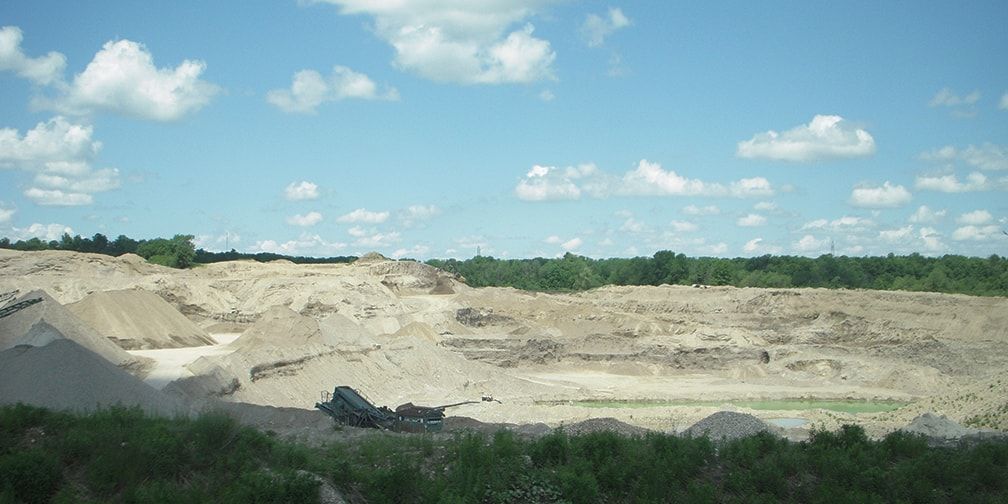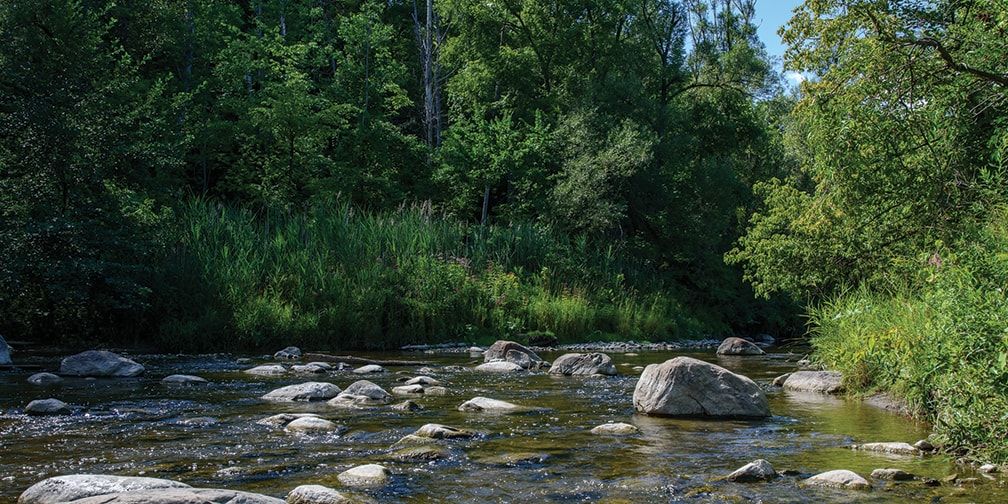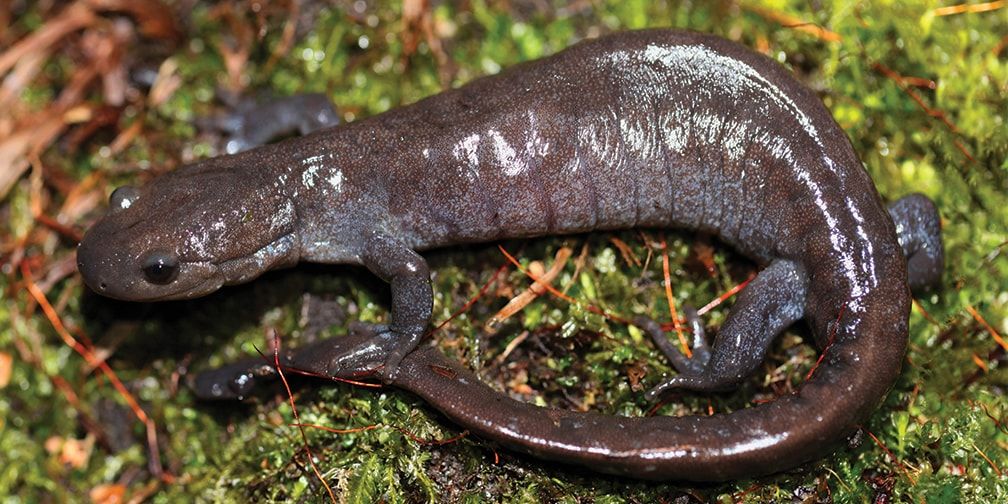Ontario Nature Blog
Receive email alerts about breaking conservation
and environmental news.
© Lora Denis
Quarry © Noah Cole
Here we go again. Relentless in the pursuit of its “open for business” agenda the Government of Ontario wants to weaken protections for nature in order to fast-track development across the province.
This time it is targeting the Provincial Policy Statement (PPS), Ontario’s primary land use policy, with the goal of “reducing barriers and costs in the land use planning system.” Among other worrisome changes, it is proposing to allow aggregates extraction to trump existing protections for wetlands, woodlands and wildlife habitat, including habitat for threatened and endangered species.
That’s right. The natural world is just one more barrier to business, and according to the government it must make way for pits and quarries.

The government is proposing to permit aggregates extraction in all significant natural features currently protected under the PPS: i.e., provincially significant wetlands (except in southern Ontario), provincially significant woodlands, valleylands and wildlife habitat, significant Areas of Natural and Scientific Interest, fish habitat and the habitat of threatened and endangered species. It would apply across Ontario, except in the Greenbelt.
Those two exceptions are interesting. The government plans to maintain protections for provincially significant wetlands in southern Ontario, yet many wetlands in the region have not yet been evaluated for significance. And since evaluation is not required, unevaluated wetlands which may well be significant would be open to aggregates extraction.
In central and northern Ontario, it won’t matter. Significant or not wetlands would be open for business.
As for the Greenbelt exception, once bitten twice shy apparently. After the Bill 66 debacle it seems the government knows better than to mess with the Greenbelt. Still, this exception underlines the vulnerability of nature throughout the rest of Ontario.

The proposed amendment rests on the assumption that natural areas destroyed by pits or quarries will eventually be rehabilitated, as required by law. However, it does not acknowledge the fact that legal requirements to rehabilitate sites are often poorly enforced and routinely ignored. Further, aggregates operations are often open for decades. Indeed, most existing quarries in the Greenbelt are more than 50 years old. The proposal fails to account for the loss of significant and/or at-risk animals, plants and their habitats in the meantime – and likely permanently, as sites are rarely returned to their original state.
Let’s consider, for example, the endangered Jefferson salamander. According to the recovery strategy, isolated sub-populations are all that’s left of “what was once a more extensive, continuous range throughout southern Ontario.” Aggregate extraction is one of the most significant threats to this species. For an animal that shows fidelity to its home turf (mature forests where it forages and overwinters and ponds where it breeds), how likely is rehabilitation – which would occur many years or even decades after disturbance, if ever – to matter?

Yes; Ontarians need stone, sand and gravel for everything from homes to roads to subway tunnels. But the PPS is already heavily weighted in favour of the aggregates industry: it obliges municipalities to protect aggregates resources for long-term use and ensures that companies cannot be required to demonstrate a need for their products. Surely there are better places from which to extract these resources than our most precious and vulnerable natural areas.

Gananoque Lake Nature Reserve © Smera Sukumar
In response to Dr. DiGiovanni’s question, Gravel Watch has endorsed Ontario Nature’s call for protection of sensitive environmental features. Bryan Smith, President, http://www.gravelwatch.org
Everyone, please comment about the proposed changes to the PPS. Wet quarries and pits that are dug in to our aquifers should not be filled with risky fill that could contaminate our aquifers. A wet pit should remain wet and allowed to fill naturally with water and become a passive lake. Too many incidents of fill have contaminated rural areas and quarries. Protect all significant natural areas (i.e. wetlands, dunes, woodlots). Restore destroyed habitats and complete proper environmental impact studies to assess the areas where extraction might occur. Give the communities a voice in decision making processes. Protect our environment.
Have you connected with GravelWatch in regards your concerns?
This will be a tough and long fight. Keep up the good work.
Environment FIRST!